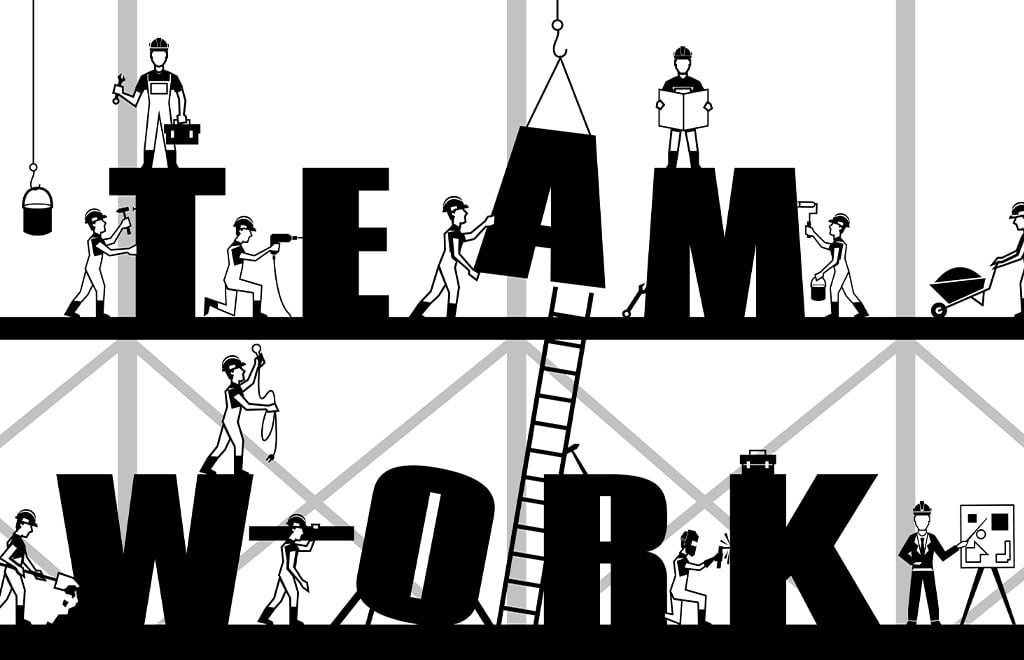Beginning
I chose the Human Resources discipline for my MBA as I wanted to have a positive impact on people’s lives through the introduction of employee-friendly policies, influence future aspects of the company based on my recruitment decisions, and help organizations identify key talent.
My Ongoing HR Journey…
Oct 2017 – I began my HR career as an HR Faculty at National Academy, Dubai, where I delivered academic lectures on HR topics to working professionals. The lectures delivered were based on knowledge gained during my MBA, and I realized that I must gain practical HR working experience to enhance my knowledge regarding regional HR practices and UAE employment laws.
Dec 2017 – To further my career, I joined Affiniax Partners as an HR Executive. At Affiniax, management intended to transform the traditional operating model via fully integrated change management strategies and strategically managed HR transformation. It didn’t take me long to understand that the reasons why I chose HR as my career path were good to get started but not great to accomplish what I envisioned.
My vision was to align HR closely with Affiniax’s strategy in coordination with my colleagues and focused on enhancing the internal processes.
My first step was meetings with key employees and department heads regarding the company’s policies and processes. I presented those suggestions to the management, which resulted in decisions regarding proper SOP’s. I designed the Employee Manual with clear policies and processes in consultation with line managers and employees.
Soon after, I got selected for the Youth Leadership Program (YLP) at Affiniax in May 2018, which focused on the development of personal and professional skills. The selection was done based on interviews with the CEO and the training team.
I implemented the automation of manual tasks through migration to cloud-based services by ensuring process simplification and introduced a free HR software, Beneple (with limited features) with a pilot approach to familiarize the employees with cloud HR.
After successfully implementing Beneple, I implemented Zoho People in 2019 which consisted of more features. Again, I executed it successfully by overcoming challenges related to time taken to train the employees, altering the culture to adopt digital processes and to achieve 100% technology acceptance among the employees.
I revamped the performance management of my organization in 2018 through Robert Mosley’s “KPI & MSC model”. In 2019, I moved the same model onto the cloud for better record management, better security and multiple options of customizations in approval levels.
I chose a free software, Surveymonkey to evaluate ongoing learning programs at our workplace. I designed online forms, considering time spent by employees to evaluate the programs, ease of filling up the forms, better security and record-management.
I introduced employee surveys to measure the workplace climate and get a holistic perspective of employees.
I introduced comprehensive reports for Exit Interviews, Candidate selections, 360 Degree Reviews and Learning Evaluations.
Business Outcomes
- Online L&D Evaluation and Performance Management – Data analysis and collection time reduced by 30%.
- HR software – Reduction of time by 30% because of real-time attendance reports, customized online reports, better file management and digital record keeping.
- Employee Surveys – 75% of the interns found the induction training session to be extremely useful and were very satisfied with our recruiting process.
Overcoming Challenges
The challenge was just around change as the employees were used to the rhythms of the old system. I strategically managed the change with the line managers by implementing phased rollouts of initiatives and training sessions.
Present Day
2020 is different now than it was a few months ago. With our workforce moving towards remote working, maintaining productivity, culture and employee engagement are extremely important. I conduct creative virtual team activities (definitely more than before), to build stronger relationships.
Moving Ahead
My CEO, after observing my passion, gave me the opportunity to showcase my skills for client assignments, which included Employee Manual and Agreements, Interview Assessment Reports, Succession Planning, Incentive structure, Organization Culture, to name a few. It was refreshing to experience this gradual shift towards consulting, where I got to enhance my knowledge with each assignment and share new perspectives that add value to my clients’ businesses.
I invest my time in reading leadership and HR books and networking at HR events to uncover the best practices of other organizations.








 further and came up with an assurance stamp for all establishments that adhere to the government’s safety standards. After a thorough verification and validation process, the stamp can be displayed to let all consumers know that they are entering a place that follows rigorous safety and hygiene measures. The stamp is valid for only two (2) weeks, further reassuring the public that as long as the stamp is displayed, the place they are entering continuously meets safety requirements.
further and came up with an assurance stamp for all establishments that adhere to the government’s safety standards. After a thorough verification and validation process, the stamp can be displayed to let all consumers know that they are entering a place that follows rigorous safety and hygiene measures. The stamp is valid for only two (2) weeks, further reassuring the public that as long as the stamp is displayed, the place they are entering continuously meets safety requirements.





